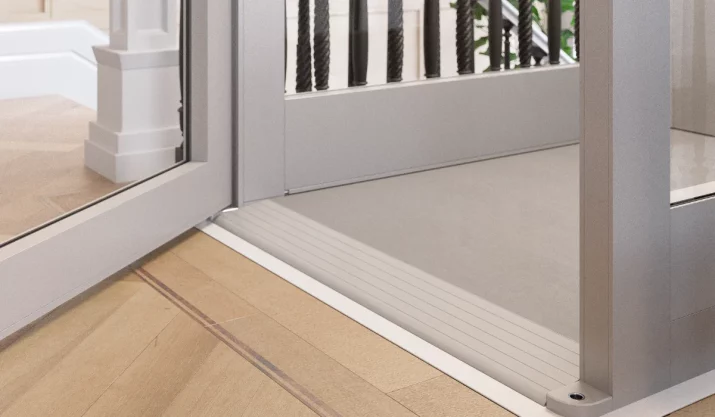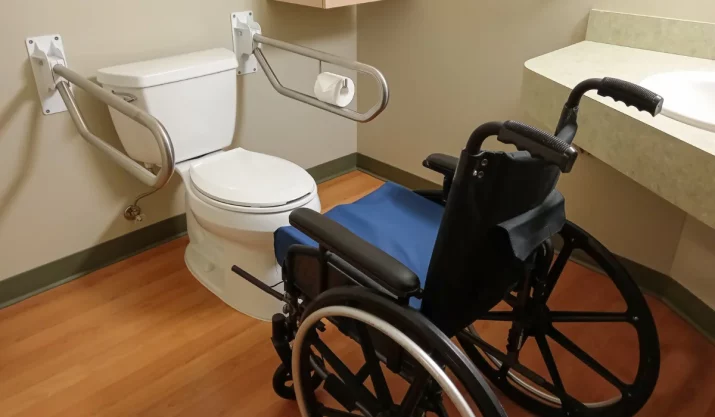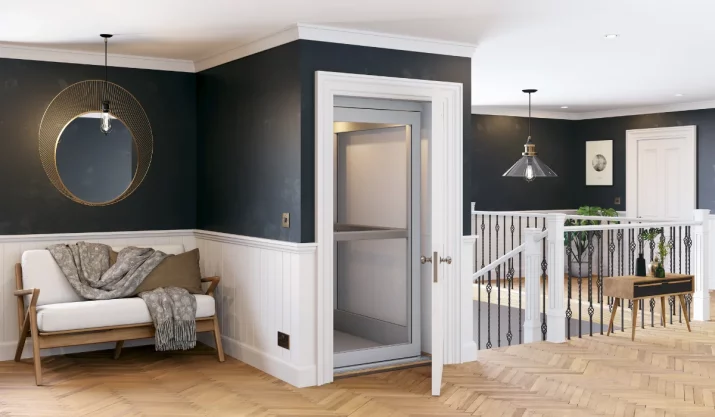Preparing For The Holidays: Why A Home Elevator Helps Visiting Family

Table of Contents
- Key Takeaways
- Making Holiday Gatherings Safer And Easier
- Choosing The Right Residential Elevator For Your Home
- The Benefits Of Installing A Home Elevator Before The Holidays
- Comparing Elevator Models For California Homes
- Understanding Home Elevator Cost And Installation
- Making The Right Home Elevator Choice For Your California Home
- FAQs
Stairs can make it hard for parents, grandparents, and guests with mobility limitations. Add a home elevator to make your home safer and easier for everyone.
Many families live in two-story or split-level homes. Guests who use wheelchairs or have trouble with stairs may struggle. A home elevator allows everyone to reach each level with ease, so you can focus on spending time together without worrying about safety.
This guide explains how a residential elevator makes holidays easier. We review models for existing and new homes. We also cover how home elevator installation improves comfort, safety, and value in California.
Key Takeaways
- A home elevator allows guests to move safely and independently during holiday visits. It reduces the stress of climbing stairs and keeps gatherings comfortable for everyone.
- Many designs and drive systems are suitable for new or existing homes. Pick the style and size that match your space and needs.
- Compact options, such as shaftless or vacuum elevators, require minimal space and are easily integrated into retrofit projects.
- Professional home elevator installation can add value and lasting comfort. It’s a smart way to make your home safer for family and friends of all ages.
Making Holiday Gatherings Safer And Easier
A home elevator helps your family move safely this holiday season. It allows grandparents and guests with limited mobility to reach each level without the strain of stairs. It also makes carrying decorations, groceries, and gifts easier and lowers the risk of slips, trips, and overexertion.
According to the CDC, falls on stairs are among the most common home injuries, especially for older adults. Installing a home elevator for the holidays creates a secure space where everyone, from young children to seniors, can move confidently between floors.
In many California homes, particularly in San Francisco, Pasadena, and Sacramento, steep or narrow stairways can increase the risk of accidents. According to the study from the National Library of Medicine, stair use is one of the most demanding and hazardous activities for older adults and a common cause of falls.
A home lift, also known as an elevator, provides a safer and more stable way to move between levels, keeping your family protected year-round. If your home currently uses a stair lift, consider a home elevator as a step up in accessibility, ideal for families with multiple floors or frequent guests.
Modern residential elevators feature safety technology, including emergency brakes, door interlocks, and backup batteries, which operate during power outages. A quiet drive and sturdy cab make rides smooth and secure.
A wheelchair-accessible elevator helps guests who use wheelchairs or walkers move freely. It improves accessibility for holiday visits and supports families who are preparing home mobility upgrades to prevent accidents during family gatherings.
Choosing The Right Residential Elevator For Your Home
One of the things you need to know before installing a home elevator is your home’s layout. Choosing the best type of elevator for your home will also depend on your family’s needs.
Many homeowners in California prefer residential elevators that match their home’s style while adding practical functionality. Whether you live in a beach house in San Diego or a new home in the Bay Area, there’s an elevator design that fits.
For smaller homes or retrofit projects, a shaftless home elevator is a more appropriate choice. These elevators have a compact footprint and don’t require a full machine room or hoistway.
They can fit neatly into corners or open areas without major remodeling, making them an ideal solution for families who want to add accessibility before the holidays.
If your home has ample space, a hydraulic drive provides smooth, quiet rides and a higher weight capacity, allowing for multiple riders. Pneumatic or vacuum elevators utilize air pressure, conserve energy, and offer a modern aesthetic. Manufacturers build these models for reliability, safety, and comfort.
The Benefits Of Installing A Home Elevator Before The Holidays
Adding a home elevator before the holidays brings comfort and confidence that everyone in your home can move safely between floors. It’s beneficial for older relatives or family members with mobility challenges who want to stay independent.
Many California homeowners also see adding a home elevator as a good investment, as home elevators increase their home value. Home elevators are a worthwhile addition to homes with aging-in-place seniors and a significant accessibility upgrade for multi-generational homes.
Whether you live in an existing home in Los Angeles or are building a new home in Sonoma, a residential elevator adds convenience and a modern touch. It’s a cost-effective investment that makes your home easier to live in and more attractive to buyers in the future.
Beyond the holidays, a home elevator makes daily life simpler. Carrying groceries, laundry, or decorations is easier. At California Mobility, we help families find home elevators that deliver reliable design and long-lasting quality.
Comparing Elevator Models For California Homes
When choosing an elevator model, consider how it will look and function in your home. At California Mobility, we offer trusted options, such as Stiltz and Bruno systems, renowned for their safety, performance, and style.
The Stiltz home elevator works well for through-the-floor, shaftless designs. It requires minimal construction and suits both traditional and modern homes. Bruno systems offer simple controls and a dependable drive, which makes daily use easy.
You can also personalize your elevator’s design to match your home’s décor. Select materials, lighting, and finishes that complement your style while considering the practical aspects of function. A well-planned design helps your elevator blend seamlessly into your living space.
Understanding Home Elevator Cost And Installation
As a homeowner, one of your top questions is how much a home elevator will cost you. The cost of a home elevator in California depends on the model, size, and features. Smaller shaftless or pneumatic elevators are more cost-effective, whereas larger hydraulic systems may require a machine room or hoistway.
Professional home elevator installation in California makes the system safe and built to last. Our team at California Mobility reviews your floor plan, helps you pick the right drive system, installs the cab, and tests safety features. Proper installation protects your home and ensures your elevator runs smoothly for years.
Most modern residential elevators continue to function during a power outage. Backup systems lower the cab to the nearest floor, allowing passengers to exit safely. These systems boost reliability and confidence during the holidays.
Making The Right Home Elevator Choice For Your California Home
Preparing for the holidays means getting your home ready for the people you love. A home elevator makes gatherings easier and more comfortable by giving every guest smooth access throughout the house.
At California Mobility, we offer local expertise to help you choose an elevator that suits your space, style, and budget, ensuring your home remains welcoming throughout the year.
Adding a home elevator is a lasting upgrade that supports comfort, safety, and independence long after the holidays are over.
Contact us today or request a free quote and get personalized guidance for your California home elevator project.






